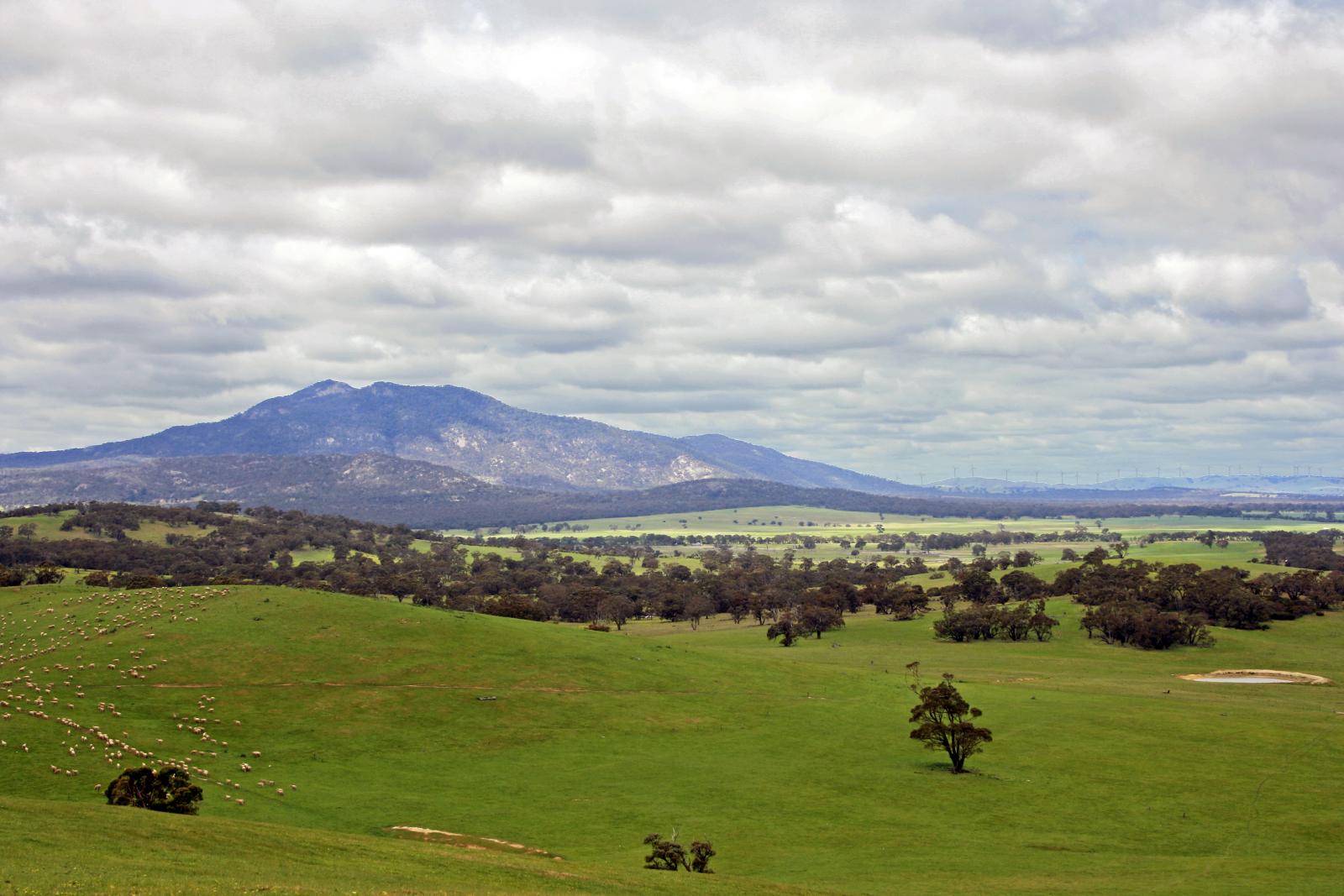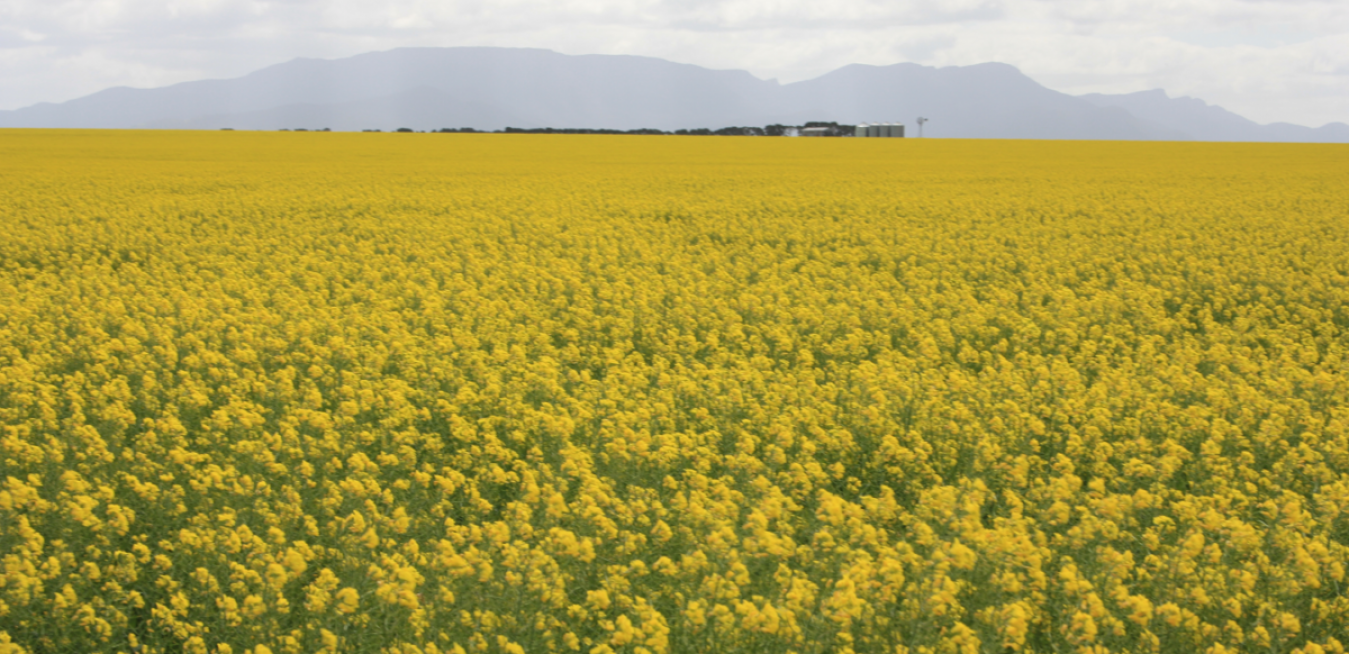Ararat is a badly drought-affected area of south-western Victoria, yet it’s wind rather than water that is bringing hope to the region’s farmers. “I run sheep on just over 1,000 acres, and part of my land is on the Great Dividing Range,” says Mark McKew. “It’s grazing country, not high-quality cropping country. There are lots of hills, and there’s lots of wind up there.”
Good and blowy is just how the people at Renewable Energy Systems (RES) like their land, and why the site for the new Ararat Wind Farm got them excited when they found it almost a decade ago. “It’s a wonderful wind farm site and, we’re looking forward to taking it into construction,” says Annette Deveson, head of development for RES. Hosting the wind turbines will provide landowners guaranteed, regular income—a huge boost for farmers, especially in years of drought. “I’ve been a farmer for more than 50 years, so I’ve experienced climate change,” says McKew. “We need to get on with the transition from fossil fuels to renewable energy as soon as possible.”
RES, established in Australia in 2004, and active in renewable energy around the world for more than 30 years, is partnering with GE and Downer EDI Limited to build the $450 million Ararat Wind Farm, with 75 turbines generating enough electricity to power about 120,000 homes each year over the farm’s 25-year lifespan. “It’s going to be the third-largest wind farm in Australia, and a project that we’re very proud of,” says RES Australia COO Matt Rebbeck of the deal, which was announced on June 26. “We’ve got all of the community behind us, which is fundamental to wind-farm projects.”
The RES team, explains Matt Rebbeck, uses “sophisticated, high-tech tools and computer modelling to find the very best wind sites. We’ve used those to map the whole of Australia—and even at the early stages the Ararat Wind Farm was highlighted as one of the very best sites in our portfolio.”
 limited to 40dBA, which is about the noise level that you have in a public library,” explains Steve Oswald, commercial director of renewables at GE Power and Water. “Meeting those noise limits required a massive amount of modelling. We started out with a wind farm layout of about 44 turbines, and a mix of turbine types, and we’ve ended up with a 75-turbine wind farm, each turbine able to operate at 3.2 megawatts. The turbines are larger and producing more energy, within the same noise envelope.”
limited to 40dBA, which is about the noise level that you have in a public library,” explains Steve Oswald, commercial director of renewables at GE Power and Water. “Meeting those noise limits required a massive amount of modelling. We started out with a wind farm layout of about 44 turbines, and a mix of turbine types, and we’ve ended up with a 75-turbine wind farm, each turbine able to operate at 3.2 megawatts. The turbines are larger and producing more energy, within the same noise envelope.”The turbines are GE’s “latest and greatest” says Rebbeck. To be exact: 75 GE 3.2-103 brilliant wind turbines that are, says Rebbeck, “the latest evolution of that technology … it will be one of the first times they use this turbine anywhere in the world.” Their capabilities will continue to advance. “Today we’re building a wind farm with GE turbines which we know will perform in a certain way,” says Rebbeck. “GE will be introducing innovations over the next few years, and we can roll out those software upgrades to the turbines and further improve the performance of the whole wind farm.”
Mark McKew will host five of those 3.2MW turbines on his land and, as he deals with the ongoing drought, the wind farm can’t come soon enough, for the income it will bring him and for the bigger picture. “We’ve got a large house dam and it’s the lowest I’ve ever seen it in my lifetime,” he says. “Our beautiful creek that once used to be full of wildlife is now just a dry drain—things are getting scary as far as I’m concerned.” McKew says it’s a no brainer to fast-track renewable energy. “It’s nature’s resources—the wind and the sun turn up free most days, you don’t have to go and dig fossil fuels out of the ground, to go and burn them.”





